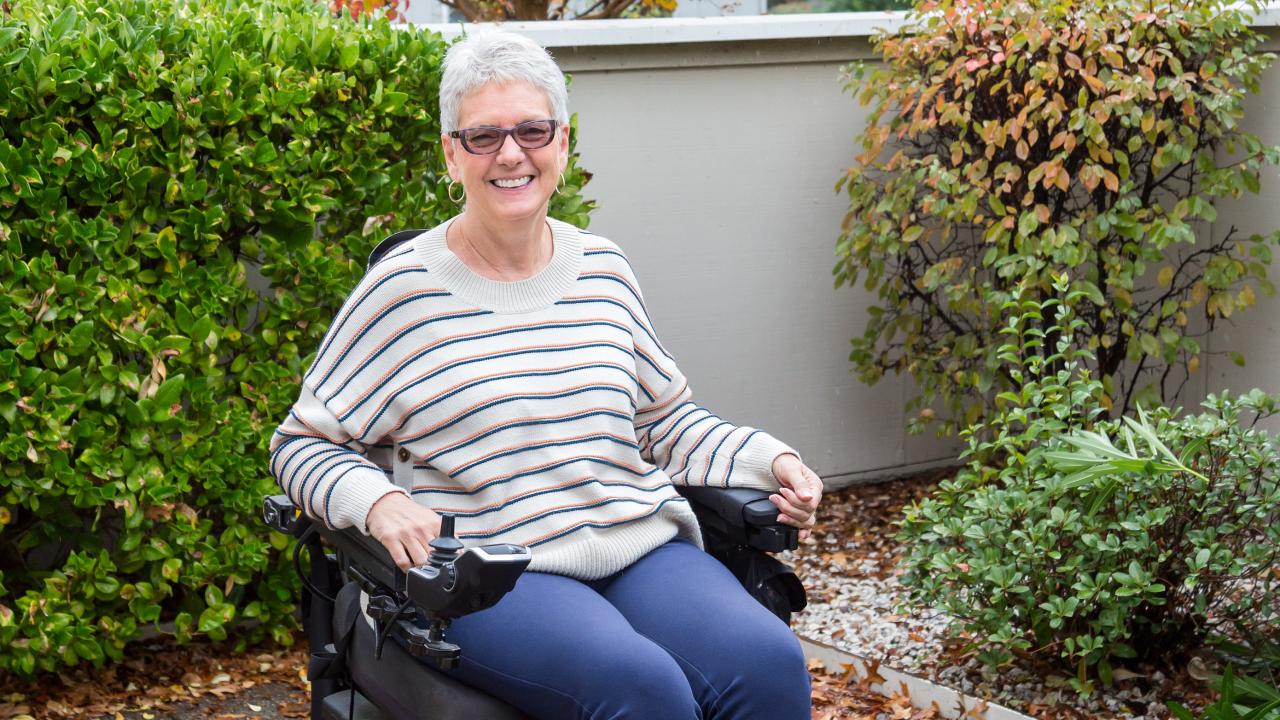 Divakaran Dileep/PhotoSpin
Divakaran Dileep/PhotoSpin
Multiple sclerosis is an autoimmune disease affecting around 2.3 million people worldwide. Though the blood-brain barrier is typically impermeable, in MS patients T lymphocytes are able to cross over it to the brain. 1
These white blood cells of people diagnosed with MS attack the fatty myelin which covers the nerves in their brains. The lesions or bare patches from the loss of myelin are one of the first ways MS can be seen on a brain scan.
Most patients have the relapsing-remitting form of MS, which means they have periods of time when the disease is in retreat and they often have no symptoms.
About 10-15 percent of people with MS have the primary progressive form and have no periods without symptoms when the disease retreats.
The effects of multiple sclerosis are not easily discerned. The first indicators are usually subtle. Among the first signs of MS are feeling numbness in a limb that could cause you to drop a coffee cup, or a simple tingling down the spine.
There is no specific known cause of multiple sclerosis, though there are a series of factors that may play a role in who is at risk for this disease.
MS has a genetic component but it is not considered a disease that is highly inheritable.
People who smoke and who have contracted mononucleosis are at greater risk for being diagnosed with MS.
Various aspects of your environment, and dietary deficiencies like a lack of vitamin D, are thought to be contributing factors.
Vitamin D is naturally made in the body by exposure to the sun. It has been found that people living close to the equator, and therefore typically see more of the sun, have a lower risk factor for developing MS.
Currently there is no cure for multiple sclerosis. There are drugs that slow the eventual progression of the disease, but no medications have been created to reverse its ravages on the body.
However, recent research is promising.
Researchers at the University of California, San Francisco are trying to force cells in the body to create oligodendrocytes, to discover whether the oligodendrocytes will create myelin to replace what was destroyed on the nerve fibers.
If the cells are able to repair the damaged myelin the hope is that symptoms will be relieved. Researchers are optimistic about finding the compound which will stimulate this reaction. Initial findings are due in spring of 2015.
While this has been happening on the West Coast, on the other side of the country, researchers are trying to use stem cells to repair the damage caused by MS.
The Tisch MS Research Center of New York has a current study involving humans which takes stem cells from participants’ bone marrow, transforms them in a laboratory, and then injects them back into the participants’ spinal fluid.
Researchers are intent on learning whether these stem cells will help repair the brain’s damaged myelin sheaths. Some critics argue that this approach won’t work because the harvested cells are not exactly like the ones native to the body.
While some researchers are focused on a cure, others are looking for ways to stop the progression of MS. A promising clinical study in Seattle just released its interim report after three years.
The HALT-MS study found that almost 80 percent of participants showed no new brain lesions, had no relapses of their MS, and showed no increase in their disability during the study.
This study used a treatment that is common to treat leukemia.
The two dozen study participants received a high-dose immunosuppressive therapy, and then received a transplant of the participant’s own stem cells in an effort to reboot their immune system.
Though more results and a larger study of this treatment are needed, MS experts are cautiously optimistic that this could help halt MS in some patients.
Research into multiple sclerosis will likely continue with the opening of the Ann Romney Center for Neurologic Diseases in Massachusetts. The White House has also allocated about $100 million dollars to better understand the brain.
More funding and focused research will hopefully yield better treatments and an eventual cure of multiple sclerosis.
Sources:
1) Newsweek.com. Web. 13 February 2015. “The hunt for a Multiple Sclerosis Cure.”
http://www.newsweek.com/2015/02/13/hunt-multiple-sclerosis-cure-304233.html
2) Seattletimes.com. Web. 11 January 2015. “Experimental MS Treatment Halts Disease “in its tracks”.
http://www.seattletimes.com/seattle-news/experimental-ms-treatment-halts...
Reviewed March 12, 2015
by Michele Blacksberg RN
Edited by Jody Smith




